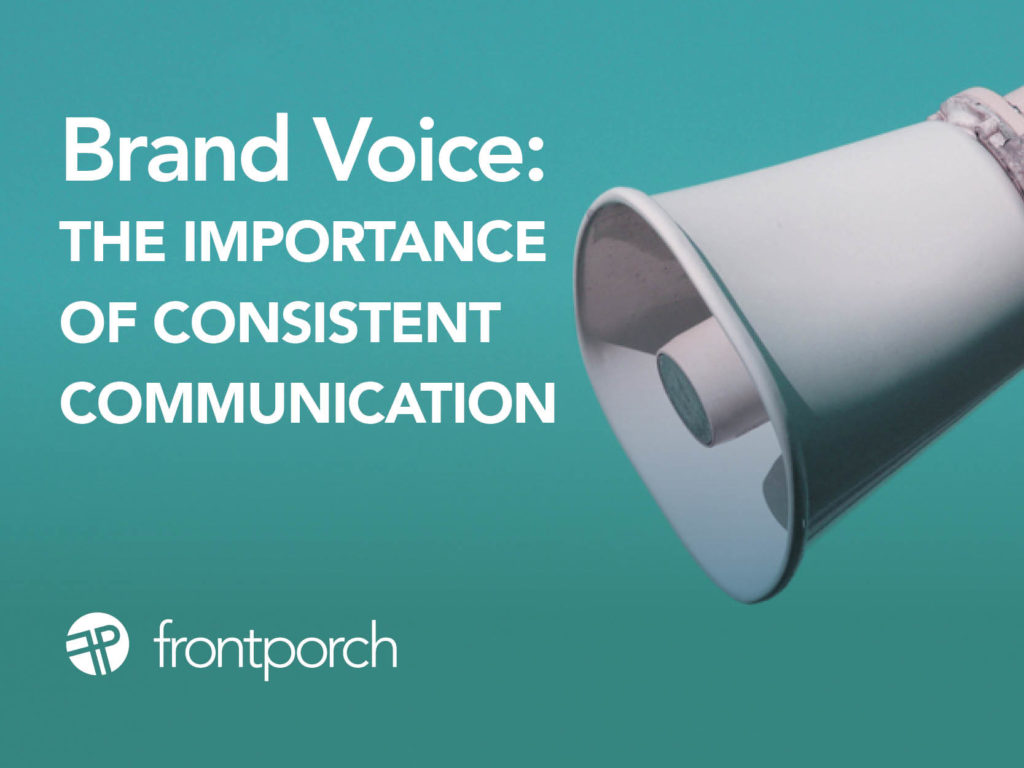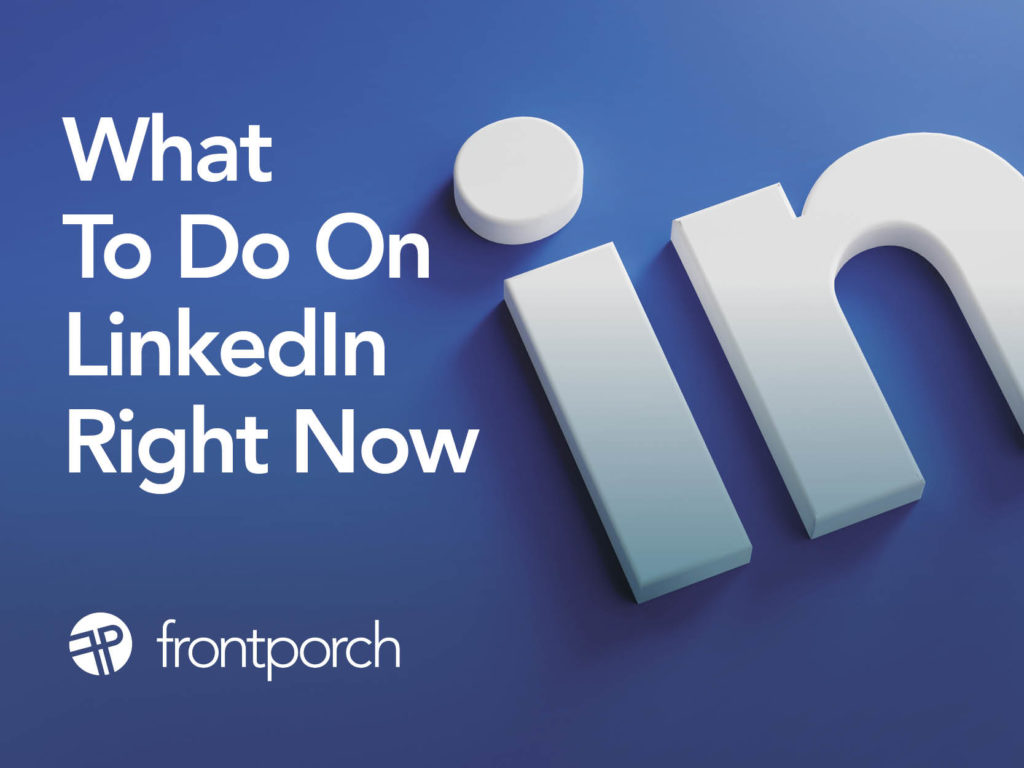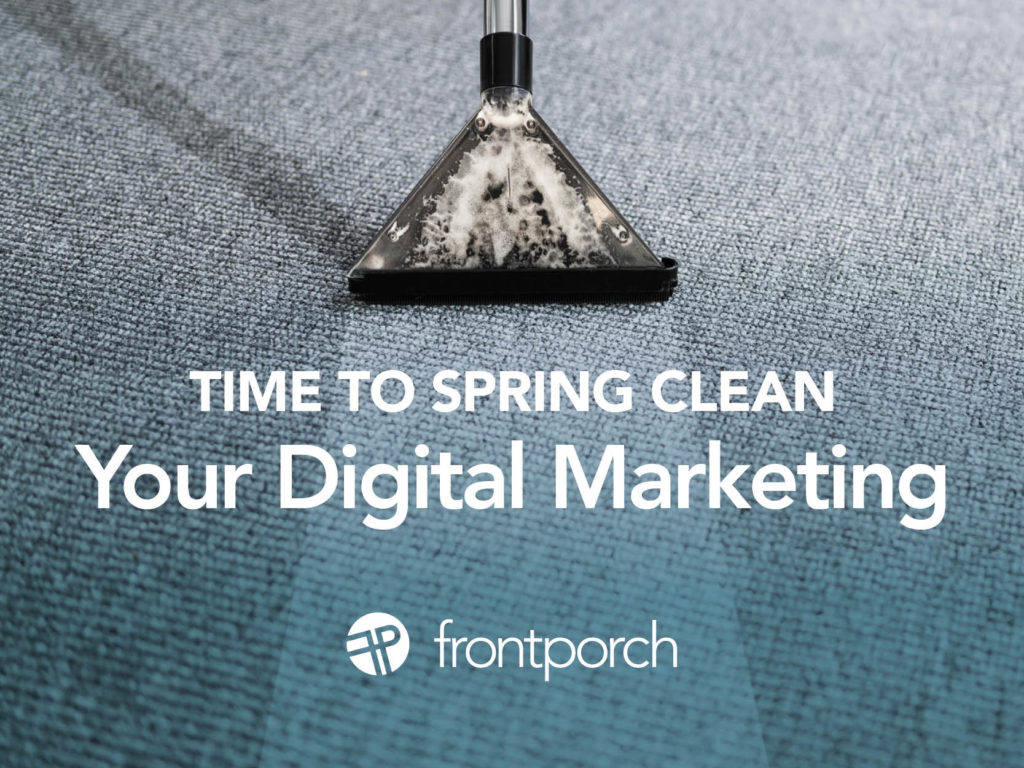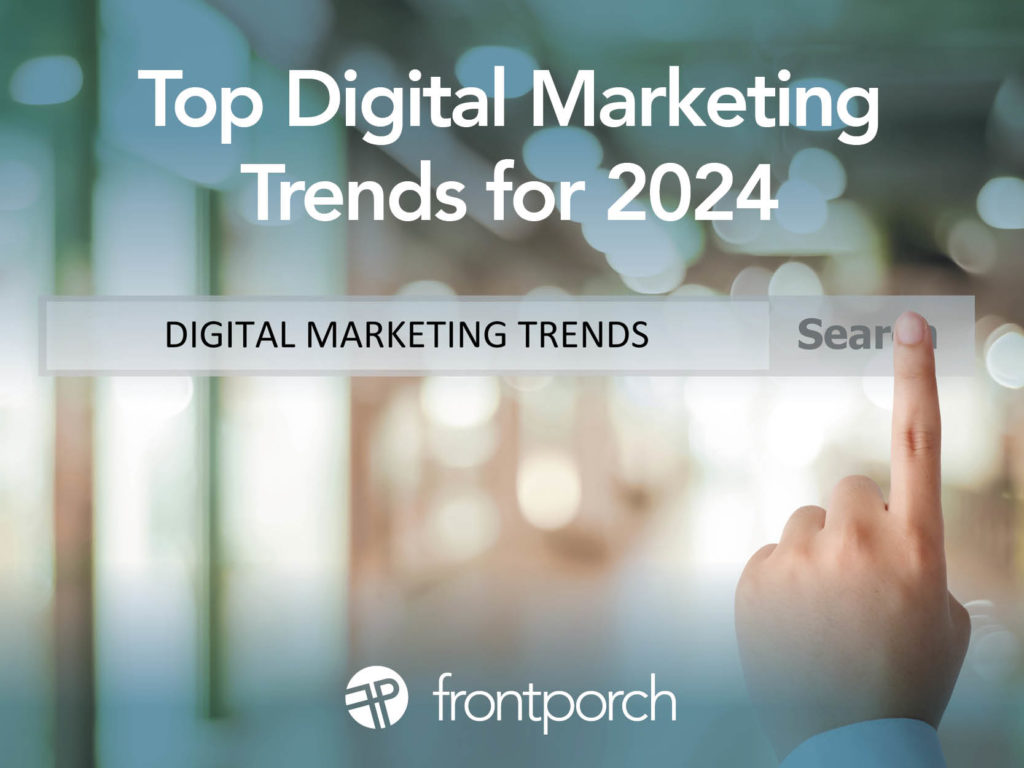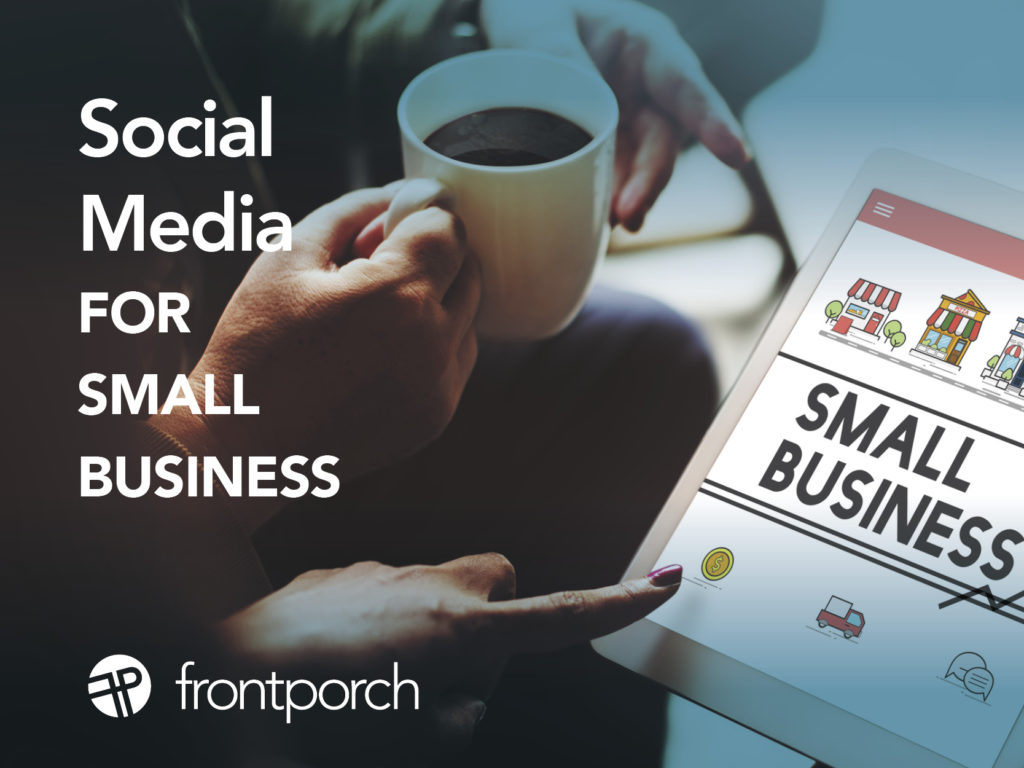
Here on the Porch, we create a lot of specialized content for our clients. Websites, social media, newsletters, videos and the like. As their marketing partner, we operate as an extension of their marketing department. We think through their branding, their voice, their business goals and more to make sure that their content is right — every single day. In other words, we work hard to make it rock! And we love what we do.
Our clients trust us to use our expertise to help them grow their businesses. They know that a smart business owner doesn’t try to do everything themselves — instead they surround themselves with other experts who can help them achieve their goals.
How Can You Best Utilize Your Marketing Partner to Make Your Content Rock?
Say you’re a business owner who doesn’t know how to — and honestly doesn’t have the time to — create your own marketing. So you do the smart thing and hire a marketing partner to help grow your business. First, realize that your marketing partner is an expert at creating smart, on-target content for your business and is also in it for the long haul like you are. They want you to succeed.
Helpful Tips for Businesses Utilizing a Marketing Partner
- Remember: You are not your audience. What is spoken and written internally in your company, doesn’t necessarily make sense to your client or customer. Trust your marketing partner’s recommendations on brand voice, relevancy of message and content
- Your time is a valuable asset so use it wisely. Provide big-picture counsel. Spending your valuable time giving big picture direction up front on content initiatives vs. spending your time editing every post, is time well-spent. Let your marketing partner help you focus on other important parts of running your business by taking the daily detail of marketing content off your plate.
- Digital content lasts nanoseconds. Today’s post is forgotten by tomorrow and replaced with another one. This process builds your brand’s personality over time. Each social media post is not precious, it is simply the next stepping stone on your brand’s path.
- Trust your content creators. The copywriters and designers on your marketing partner’s team do this day-in and day-out for multiple clients. They are experts. They know your channels better than you do and are creating content using best practices for their industry. Just like you use best practices in your industry.
- Work ON your business, not IN your business. You can’t be everywhere at once. Surrounding yourself with experts who know how to do things that you don’t know how to do is the smart move. Marketing, copywriting, and design professionals on your marketing partner team all have expertise and knowledge that can help you grow your business in ways you couldn’t have imagined. Let them do their job, so that you can do yours better.
Our Overall Advice? Trust Your Partners.
Digital content creation is a marathon with no finish line. It is a day-in and day-out process that builds your brand, and your audience, over time. Digital content like social media, blog posts, newsletters, and websites are crafted with your audience in mind. And they’re crafted to build your brand long-term. So don’t over-think every single post. Don’t over-edit every single piece of content. Whether it’s social media, blogging, email marketing, video scripting or any piece of your digital content universe, it all works together to build your brand and make your business a success in the eyes of your audience and potential customers.

